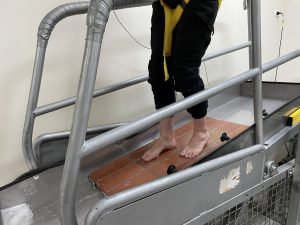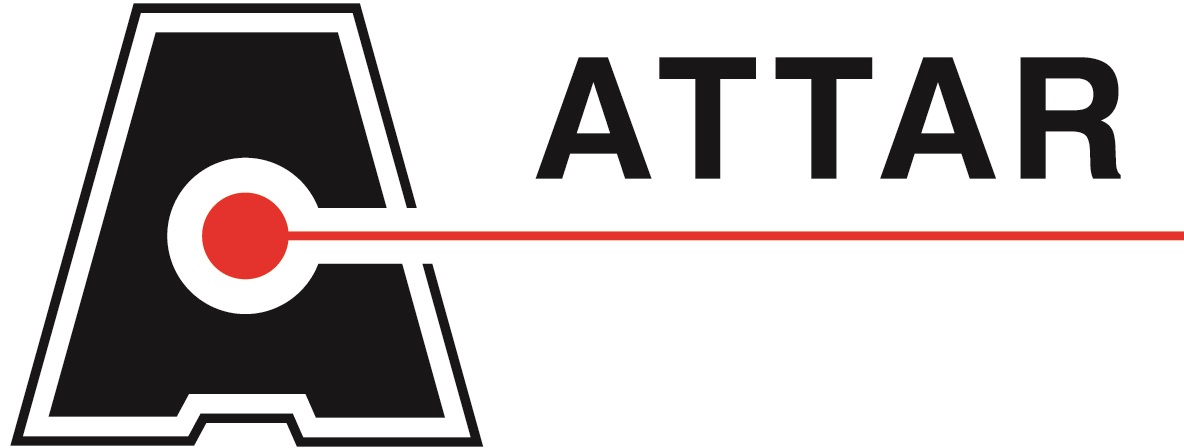The Changing Face of NDT Training
It is vital for any industry to continually develop and evolve with the needs of its stakeholders and the availability of advancing technology. The use of non-traditional i.e., face-to-face training methods with the implementation of remote/online learning, have slowly changed the face of NDT Training. COVID-19 isolation has dramatically highlighted that alternative training methods are required now and for the future.
Time Requirements (ISO 9712)
Formal 3rd party certification for NDT Technicians is becoming the norm for recognition of qualification. A shift from 2nd Party (in-house) qualification towards ISO 9712 has significantly impacted the way technicians are trained.
ISO 9712-2012 requires the following four main points for certification:
- Visual Acuity
- Completion of approved training
- Evidence of supervised industrial experience
- Satisfactory completion of examinations.
ISO 9712 states the following regarding training:
7.2 Training
7.2.1 The candidate shall provide documentary evidence, acceptable to the certification body, that he has satisfactorily completed training in the method and level for which the certification is sought.
7.2.2 For all levels, the candidate shall satisfactorily complete a course of theoretical and practical training recognized by the certification body.
As we can see from clause 7.2.2, the training shall be recognised by the certifying body, however in most cases the process for recognising this training has been interpreted differently by individual ISO 9712 Certifying Bodies.
The example below shows a comparison between the British Institute of Non-Destructive Testing (BINDT) PCN Scheme and the Australian Institute for Non-Destructive Testing (AINDT) Certification Boards (CB) requirements for approved training.
| Training | BINDT (PCN Scheme) | AINDT (NDT Scheme) |
|---|---|---|
| CB Approved Training Organisations (ATO) | Yes | Yes |
| Remote-Learning | Yes, by Approved ATO | Yes, by CB approval |
| In-House Training | No | Yes, where approved by CB |
| Self-Training | No | Yes, where approved by CB |
Comparison between Certification Board Training Requirements
Approved Training Organisations (ATO’s)
The direct use of ATO’s represents the most common way for candidates to receive their formal training. Generally associated with Authorised Qualifying Bodies (AQB’s), these training facilities are generally specialist organisations focusing on training and examination of NDT personnel. Each ATO is audited by the Certifying Body, and issued a scope of accreditation covering the methods, sectors and levels for which they are accredited to train. The certifying body will also specify minimum training hours for each course and nominate an approved syllabus. A list of ATO’s can be found on each of the respective certifying bodies websites.
Remote Learning
Distance education, or remote learning has fast become a very popular way for candidates to participate in formal NDT training.
Remote learning allows candidates to:
- Work at their own pace
- Work remotely (good for Fly-In Fly-Out Workers)
- Spend less time away from home/work
- Typically reduce overall cost of training
The AINDT has approved remote learning programs for over 4 years and year on year sees increasing numbers of students following this model.
The AINDT has implemented that for courses with a practical component, the remote learning portion cannot exceed 50% of total duration, with the remainder being conducted face to face by an ATO.
Some examples of these platforms include:
This ultrasonic simulator allows student to select a range of UT equipment and perform simulated ultrasonic inspections.
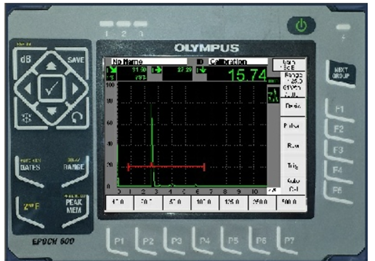
Screen Capture of UTMan Ultrasonic Simulator Software
TraiNDE UT is a virtual tool associated with a signal database which simulates inspection conditions for numerous applications. This unique system utilises a touch panel, with the UT probe placed directly on the panel and its movements tracked and linked to the ultrasonic display.
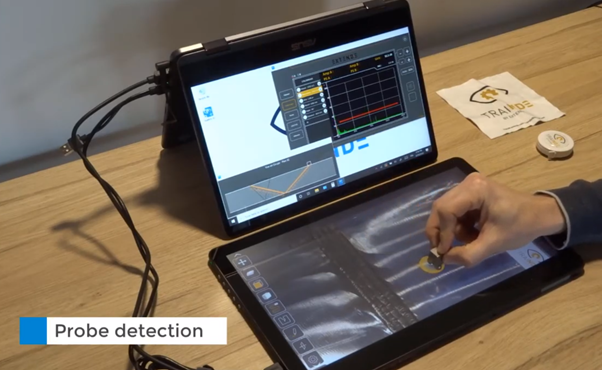
Screen Capture of TraiNDT UT Ultrasonic Simulator Software
In-House Training
The AINDT scheme allows for companies to provide their own in-house training, provided that the course content and syllabus have been submitted and approved by the AINDT CB. A number of the larger Australian organisations use this option for their training, in particular for the base methods (MT/PT/UT), with an ATO often used for the specialist/advanced courses.
Self-Training
The self-training option is not often utilised as most NDT Certifying Bodies do not have a provision for it, or students are unable to demonstrate to the Certifying Body the necessary requirements for its approval.
Whether it is for certification purposes or simply improving knowledge there are numerous free resources that students can use. These include:
Developed in conjunction with the Iowa State University, this website offers an excellent introduction to NDT. It features course materials on a wide range of NDT methods and associated materials science, as well as a collection of basic NDT simulation tools to help reinforce the learnings of the supplied course material.
ATTAR provides a large of range simulation tools for most of the NDT methods, from simple calculators to accurately modelled advanced ultrasonic setup tools. Written in Excel, these tools are free and readily accessible.
ATTAR also provide a range of technical papers that are relevant to NDT technicians.
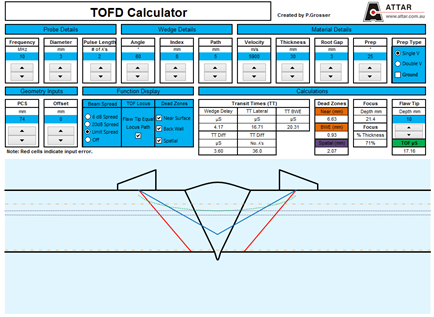
ATTAR – Example of Time of Flight Diffraction Calculator
The IAEA has developed a large array of free NDT training material and course notes for most common NDT methods including:
- Surface Methods: Magnetic Particle and Liquid Penetrant Level 2
- Eddy Current Testing Level 2
- Visual Inspection Level 2
- Ultrasonic Inspection Level 2
- Radiography and Computed Radiography Level 2
- Sample NDT questions
These publications provide an excellent point of reference for both initial training and supplemental or alternative viewpoint references.
In these unique times (COVID-19 lockdown restrictions), it is important that industry can still provide viable options so that students and NDT technicians can still access and utilise NDT training.
A major stumbling block for training to be 100% remote is the requirement for practical training. The recent global move to significantly increase remote working has dramatically fast-tracked technology and software that will possibly allow for remote practical training to occur. The use of head mounted cameras, virtual reality and readily available live streaming software may make this a reality faster than previously envisioned.
For now, however, there is a widening variety of options available for all interested in increasing their skills and knowledge to access. Send an email to training@attar.com.au to know more.
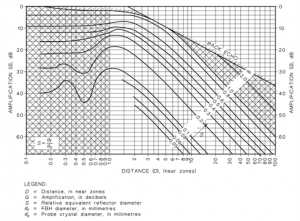
Discontinuity Sizing: Reflectivity Curves and Distance Gain Size (DGS)
